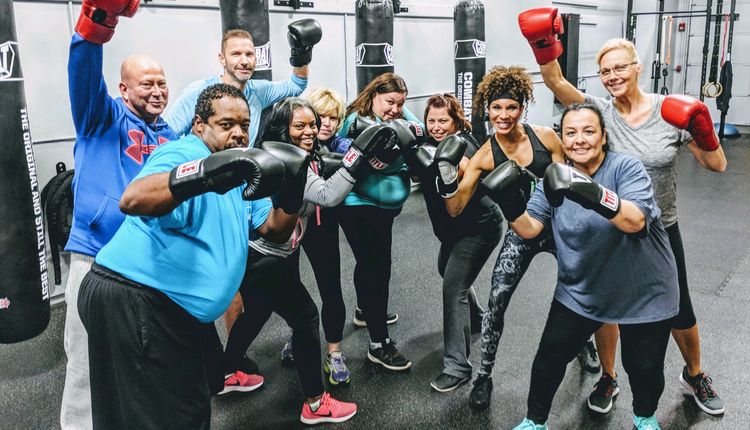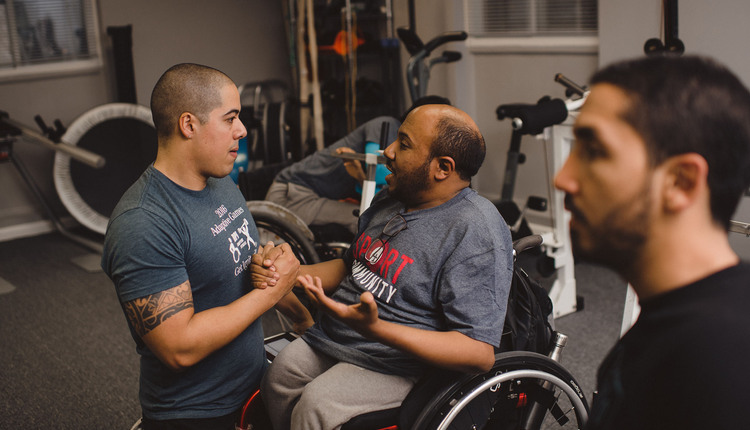
If there is one industry that changes what is "in style" more often than fashion -- it's fitness. We use fashion and style as a way to express ourselves and even to make a statement. Fitness really is no different, and more than ever, people are identifying themselves by their own "fitness style." They are a Crossfitter, boot camper, marathon runner, or they go to Zumba, kickboxing or Spin. What they do for fitness is almost as important as the brands they wear.
This reality poses a situation for fitness professionals that is two-fold. First, how do we optimize these trends as opportunities to attract and retain clients by offering services that appeal to their style and second, how do we do so without compromising safe and effective exercise simply for the sake of novelty.
Most fitness professionals would argue that you don't need much more than bodyweight and maybe a few "functional" pieces of equipment to achieve results. Just as some would argue that you don't need much more than a shirt and a pair of pants to have a style. Nothing fancy; purely functional. However from the typical clients' perspective, generally their main goal is to achieve some sort of result; and the crux is that their exercise program must be enjoyable for them to be consistent long enough to actualize those results. The "enjoyable" aspect can come from the type of training activity, the community with which they train or the dynamic they have with you as their trainer. For some clients, for example, adding a dance fitness class to their program, while it may seem "trendy" to many trainers, may just be what the client needs to stay excited about simply moving more; and as long as it is done in a safe manner, we should look at this positively.
When talking about new fads in fitness, there is always skepticism particularly with new equipment on the market or the "next, greatest" way to exercise. Whether it's fitness dancing routines, a shaking weight or using a pole as an apparatus, a good fitness professional needs to educate clients to help them differentiate between the fitness fads and proven effective trends and furthermore, should be open to incorporating and encouraging new methods of training or new equipment to keep the client engaged.
A workout program is only as effective as it is consistent. By offering clients consistency while incorporating enough newness to keep a client engaged, you'll develop your own "fitness style" that attracts and maintains loyal clients.


















